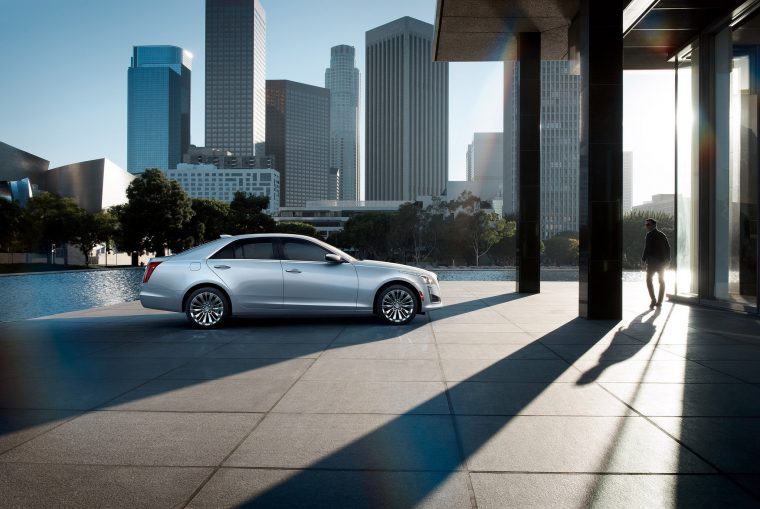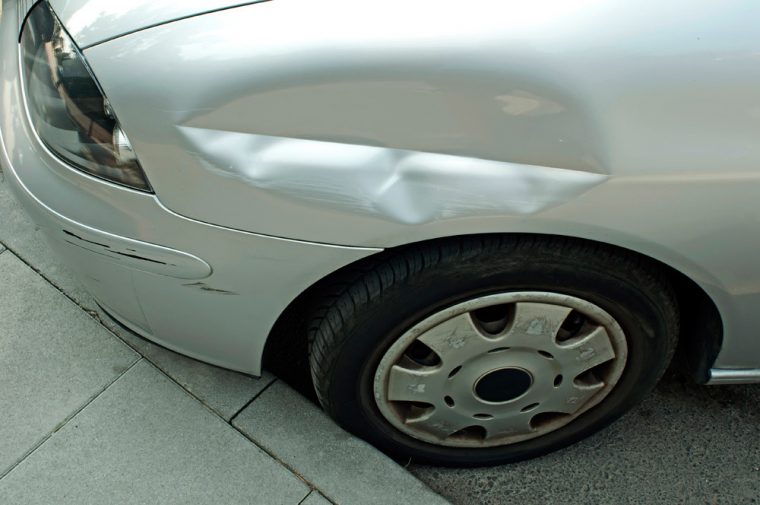How to Prepare Your Leased Vehicle for Return

Photo: Cadillac
You’ve had your leased vehicle for the allotted contractual timeframe and now it’s time to return it to the dealership. But should you just take it in as is and deal with whatever comes next? (Not really, no.) Preparing a leased vehicle for return is just as important as preparing a vehicle to sell. You don’t want to pay unnecessary fines or fees based on the condition of your soon-to-be ex-vehicle. Follow these easy tips before you head to the dealer to swap out your car for a newer one.
Buy vs. Lease: What you need to know before you decide
Clean it inside and out
The ideal way to return a leased car is pristine condition, both inside and out. Before getting the vehicle inspected, first go through and clean out all of your belongings. Then throw away any trash and thoroughly vacuum the interior. Clean the dash and any other hard surfaces with car wipes. Be sure to look at the interior from multiple angles — standing just outside each door entrance — to ensure you don’t miss any spots. Once you’ve finished with the interior, get the vehicle’s exterior washed prior to inspection.
Look for any damage
While you are cleaning, you’re likely to notice minor damage on your vehicle. If any of these small areas meet the automaker’s definition of “excessive wear,” you could incur serious fees. However, it’s possible to fix some of these issues before the inspection. Focus on areas like tires, glass, and bumpers first. Then move on to the paint job and use touch-up paint directly from the manufacturer to ensure you get a match when covering up those dings.

Read the fine print
Even if your car does have small scratches or dings, it may not be an immediate reason to panic. Many manufacturers offer specific information on their websites on what is considered normal wear and tear for a vehicle. For example, some inspectors look for dents or scratches larger than an area that can be covered by a credit card, and the automaker may not charge for wheel gouges smaller than an inch.
Find the original equipment
One step that is often forgotten by lessees is to find and return all of the equipment that came with the vehicle. Look for any removed luggage compartment cargo covers, the spare tire cover, or removable third row seating. Other commonly forgotten items are the second set of keys and original floor mats.
Why Buy Used? Consider these factors before making a purchase
If you run out of time for repairs or if you haven’t found a replacement vehicle, you should consider requesting a lease extension. Alternatively, you might also want to think about purchasing your leased vehicle. A lease buyout skirts around penalties for going over allotted mileage or excessive dents, but you should carefully weigh the merits of this strategy and compare the cost of the penalties to the residual value of the vehicle.

The News Wheel is a digital auto magazine providing readers with a fresh perspective on the latest car news. We’re located in the heart of America (Dayton, Ohio) and our goal is to deliver an entertaining and informative perspective on what’s trending in the automotive world. See more articles from The News Wheel.

